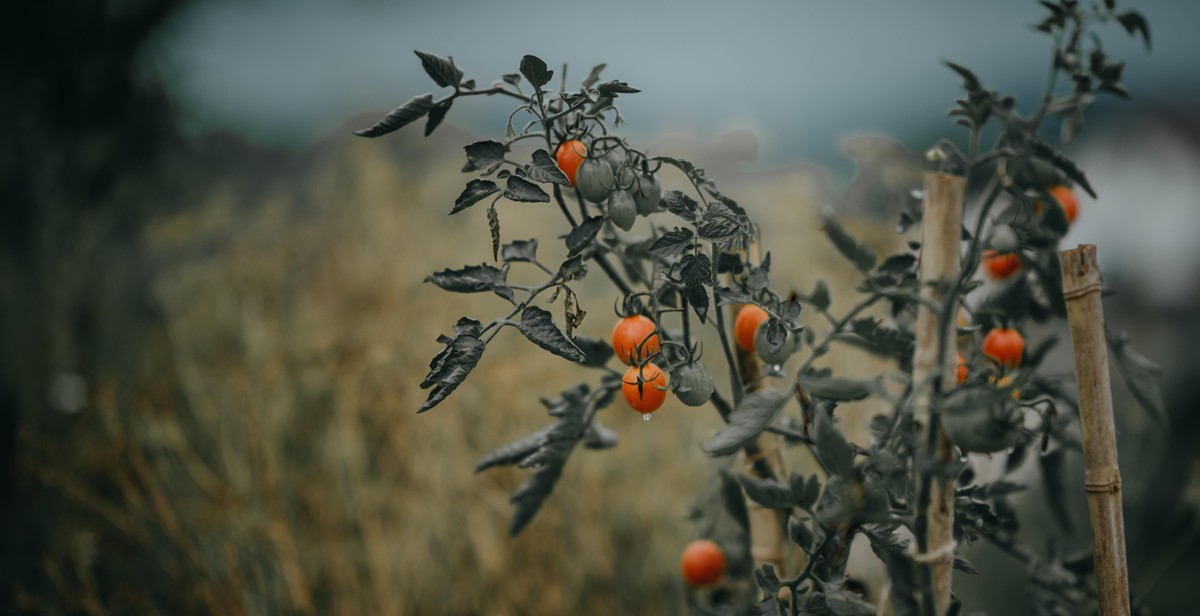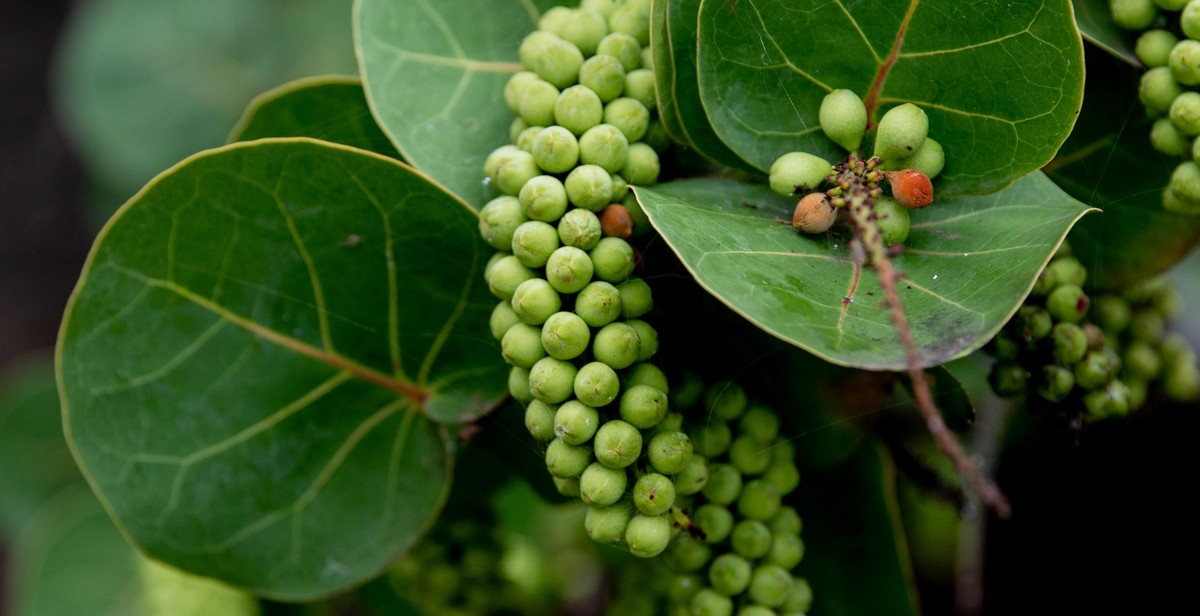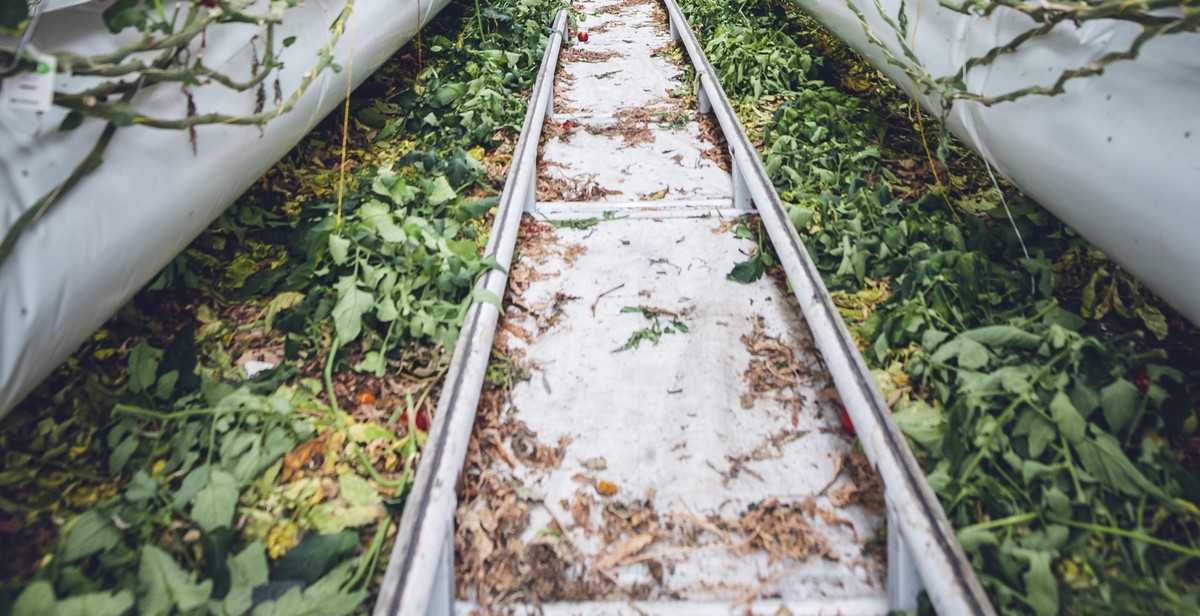How to Grow Exotic Fruits in a Controlled Environment
Growing exotic fruits can be a challenging and rewarding experience. However, it can be difficult to grow these fruits in areas where the climate is not suitable. This is where a controlled environment comes in handy. With a controlled environment, you can create the perfect growing conditions for your exotic fruits.
Benefits of Growing Exotic Fruits in a Controlled Environment
There are several benefits to growing exotic fruits in a controlled environment:
- You can control the temperature, humidity, and light levels to create the ideal growing conditions for your fruits.
- You can protect your fruits from pests and diseases that may be present in your area.
- You can extend the growing season and harvest your fruits year-round.
- You can grow exotic fruits that are not typically found in your area.
Types of Exotic Fruits You Can Grow
There are many types of exotic fruits that you can grow in a controlled environment:
| Durian | Dragon Fruit | Papaya |
| Passion Fruit | Mango | Pineapple |
| Avocado | Guava | Star Fruit |
In this article, we will discuss the steps you need to take to successfully grow exotic fruits in a controlled environment.

What are Exotic Fruits?
Exotic fruits are fruits that are not commonly found in local supermarkets or grocery stores. These fruits are usually grown in tropical or subtropical regions and are known for their unique taste, flavor, and appearance. Exotic fruits are often more expensive than regular fruits due to their rarity and the cost of importing them from their native regions.
Examples of Exotic Fruits
There are numerous types of exotic fruits available around the world. Some of the most popular exotic fruits include:
- Dragon Fruit: This fruit has a bright pink or yellow skin with white flesh dotted with black seeds. It has a mild, sweet taste and is rich in antioxidants.
- Mangosteen: This fruit has a thick, dark purple skin with white, juicy flesh inside. It has a sweet and tangy flavor and is known for its high nutritional value.
- Papaya: This fruit has a green or yellow skin with orange flesh inside. It has a sweet, musky flavor and is rich in vitamins and minerals.
- Passion Fruit: This fruit has a hard, purple or yellow skin with a soft, juicy interior filled with seeds. It has a tart, sweet flavor and is a good source of fiber and vitamin C.
- Star Fruit: This fruit has a yellow or green skin with a star-shaped cross-section. It has a sweet and sour taste and is a good source of vitamin C and antioxidants.
Other exotic fruits include durian, jackfruit, kiwano, rambutan, and tamarillo, among others. Each of these fruits has its own unique taste, texture, and nutritional benefits.

Why Grow Exotic Fruits in a Controlled Environment?
Growing exotic fruits in a controlled environment has become increasingly popular in recent years. This is due to several benefits that come with this method of cultivation. Here are some reasons why you should consider growing exotic fruits in a controlled environment:
1. Year-Round Production
One of the main benefits of growing exotic fruits in a controlled environment is that you can produce them year-round. This is because you can control the temperature, humidity, light, and other factors that affect plant growth. As a result, you can harvest exotic fruits at any time of the year, regardless of the season.
2. Higher Yields
Another advantage of growing exotic fruits in a controlled environment is that you can achieve higher yields than traditional farming methods. This is because you can optimize the growing conditions to suit each plant’s needs, resulting in faster growth and better fruit quality.
3. Pest and Disease Control
Controlling the environment in which you grow your exotic fruits also means that you can prevent pests and diseases from affecting your plants. This reduces the need for pesticides and other chemicals, making your fruits healthier and safer for consumption.
4. Consistent Quality
Growing exotic fruits in a controlled environment also allows you to maintain consistent quality throughout the year. You can ensure that each plant receives the same nutrients, water, and light, resulting in fruits that are uniform in size, color, and taste.
5. Sustainability
Finally, growing exotic fruits in a controlled environment is more sustainable than traditional farming methods. You can reduce water usage, minimize waste, and lower your carbon footprint by using energy-efficient lighting and climate control systems.
Overall, growing exotic fruits in a controlled environment has many benefits. It allows you to produce high-quality fruits year-round, with higher yields, fewer pests and diseases, and consistent quality. It is also a more sustainable way of farming, making it an attractive option for those looking to reduce their environmental impact.

Choosing the Right Environment for Growing Exotic Fruits
When it comes to growing exotic fruits, creating the right environment is crucial. These fruits have specific temperature, humidity, lighting, soil, and nutrient requirements that must be met to ensure their growth and development. Here are some tips to help you choose the right environment for growing exotic fruits:
Temperature and Humidity Requirements
Exotic fruits come from tropical and subtropical regions and require warm temperatures and high humidity to thrive. The ideal temperature range for most exotic fruits is between 70°F and 85°F. Humidity levels should be kept between 60% and 80%. To maintain these conditions, consider using a greenhouse or a controlled indoor environment with a humidifier and temperature control system.
Lighting Requirements
Exotic fruits require plenty of light to grow and produce fruit. They typically need at least 8-12 hours of sunlight a day, or the equivalent in artificial light. Consider using grow lights or LED lights to provide the necessary light for your plants.
Soil and Nutrient Requirements
Exotic fruits require well-draining soil that is rich in nutrients. Consider using a soil mix that contains peat moss, perlite, and vermiculite. Fertilizers should be used sparingly and only when necessary, as too much can damage the plants. Consider using organic fertilizers or creating a nutrient-rich compost for your plants.
| Exotic Fruit | Temperature Range (°F) | Humidity Range (%) | Light Requirements | Soil and Nutrient Requirements |
|---|---|---|---|---|
| Bananas | 75-85 | 60-80 | 8-12 hours of sunlight or equivalent in artificial light | Well-draining soil, rich in nutrients |
| Pineapples | 70-85 | 60-80 | 8-12 hours of sunlight or equivalent in artificial light | Well-draining soil, rich in nutrients |
| Mangoes | 70-85 | 60-80 | 8-12 hours of sunlight or equivalent in artificial light | Well-draining soil, rich in nutrients |
By following these tips and understanding the requirements of your specific exotic fruit, you can create the ideal environment for growing and harvesting your own exotic fruits.

Popular Exotic Fruits to Grow in a Controlled Environment
Growing exotic fruits in a controlled environment is becoming increasingly popular amongst fruit lovers. Controlled environments allow for perfect growing conditions and can produce high-quality fruits. Here are some of the most popular exotic fruits to grow in a controlled environment:
Dragon Fruit
Dragon fruit is a tropical fruit that is native to Central and South America. It is a climbing cactus that produces a beautiful and delicious fruit. Dragon fruit is a good source of vitamin C, fiber, and antioxidants. It grows well in a controlled environment with high humidity and warm temperatures.
Passion Fruit
Passion fruit is a sweet and tangy fruit that is perfect for making juice or adding to desserts. It is native to South America but is now grown all over the world. Passion fruit is a good source of vitamin C, fiber, and antioxidants. It grows well in a controlled environment with high humidity and warm temperatures.
Pineapple
Pineapple is a tropical fruit that is native to South America. It is a delicious and sweet fruit that is perfect for eating fresh or adding to desserts. Pineapple is a good source of vitamin C, manganese, and bromelain. It grows well in a controlled environment with high humidity and warm temperatures.
Papaya
Papaya is a tropical fruit that is native to South America and is now grown all over the world. It is a sweet and delicious fruit that is perfect for eating fresh or adding to desserts. Papaya is a good source of vitamin C, fiber, and antioxidants. It grows well in a controlled environment with high humidity and warm temperatures.
Kiwi
Kiwi is a small, fuzzy fruit that is native to China but is now grown all over the world. It is a sweet and tangy fruit that is perfect for eating fresh or adding to desserts. Kiwi is a good source of vitamin C, fiber, and antioxidants. It grows well in a controlled environment with high humidity and cool temperatures.
| Exotic Fruit | Ideal Temperature (°C) | Ideal Humidity (%) |
|---|---|---|
| Dragon Fruit | 25-30 | 80-90 |
| Passion Fruit | 20-25 | 70-80 |
| Pineapple | 25-30 | 70-80 |
| Papaya | 25-30 | 80-90 |
| Kiwi | 15-20 | 80-90 |

How to Grow Exotic Fruits in a Controlled Environment
Growing exotic fruits in a controlled environment can be a rewarding experience for any gardener. With the right container, soil, lighting, temperature, and care, you can successfully grow a variety of exotic fruits in your home or indoor garden. Here are some steps to follow:
Step 1: Choose the Right Container
Choose a container that is large enough to accommodate the roots of your exotic fruit plant. Make sure the container has proper drainage and is made of a material that can withstand moisture and heat. You can use plastic, ceramic, or clay pots depending on your preference.
Step 2: Prepare the Soil
Exotic fruits require well-draining soil that is rich in nutrients. You can prepare the soil by mixing potting soil, perlite, and compost in a 2:1:1 ratio. This will provide the necessary drainage and nutrients for your plant to grow healthy.
Step 3: Plant the Exotic Fruit
Plant the exotic fruit in the prepared soil, making sure to cover the roots completely. You can add a layer of mulch on top of the soil to help retain moisture and prevent weeds from growing.
Step 4: Provide Proper Lighting and Temperature
Exotic fruits require proper lighting and temperature to grow and produce fruit. Most exotic fruits require at least 6-8 hours of direct sunlight per day. You can also use artificial light sources such as grow lights to supplement natural light. The ideal temperature for most exotic fruits is between 60-80°F.
Step 5: Water and Fertilize Regularly
Water your exotic fruit regularly, making sure not to overwater or underwater. Fertilize your plant every 2-3 weeks with a balanced fertilizer to provide the necessary nutrients for growth and fruit production.
Step 6: Monitor for Pests and Diseases
Monitor your exotic fruit plant regularly for pests and diseases. Common pests include aphids, spider mites, and mealybugs. Treat any infestations immediately to prevent damage to your plant. Diseases such as root rot and fungal infections can be prevented by maintaining proper soil moisture and ventilation.

Conclusion
Growing exotic fruits in a controlled environment can be a rewarding and profitable venture. By utilizing the proper techniques and equipment, growers can produce high-quality fruits that are in high demand in the market. The key to success is to create an environment that mimics the natural habitat of the fruit while providing the necessary nutrients and protection from pests and diseases.
Key Takeaways
- Exotic fruits require a specific environment to grow successfully.
- Controlled environments allow growers to provide the necessary conditions for optimal growth and yield.
- Proper nutrient management is essential for healthy plant growth and fruit production.
- Pest and disease management is critical to prevent damage and loss of crops.
- Marketing and distribution are essential to ensure profitability and success in the industry.
Final Thoughts
While growing exotic fruits in a controlled environment may require significant investment and effort, the rewards can be substantial. With the right approach, growers can produce high-quality fruits that are in high demand in the market, leading to increased profits and success in the industry. By following the tips and techniques outlined in this article, growers can create a successful and sustainable business in the exciting world of exotic fruit production.
